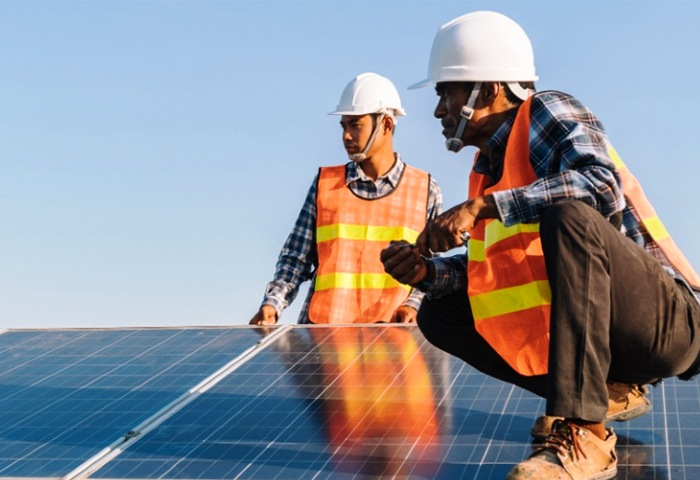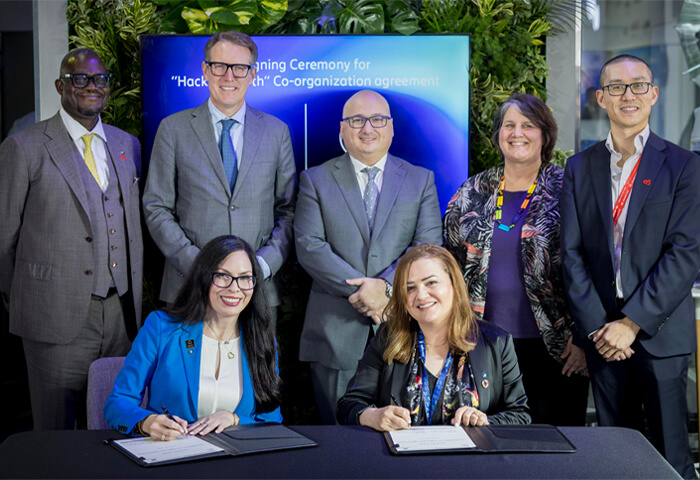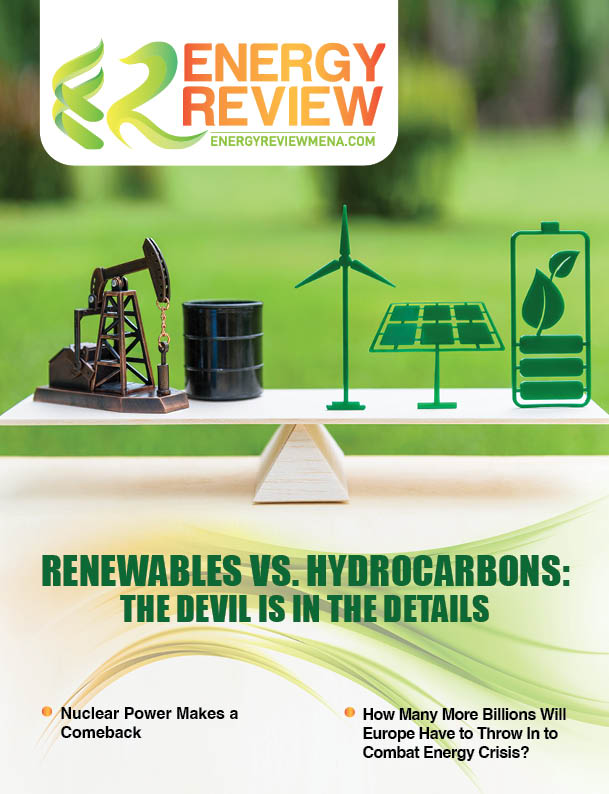The International Renewable Energy Agency’s (IRENA) Renewable Energy Outlook for ASEAN: Towards a Regional Energy Transition (2nd edition)report shows that almost doubling renewable power by 2030 creates significant regional business and investment opportunities for the Association of South East Asian Nations (ASEAN).
ASEAN houses some of the newest coal power plant fleets in the world. However, a growing number of ASEAN members have set net-zero emissions targets by 2050. As such, to achieve the climate goals, the transition planning must start at the earliest. Coal power substitution must be a top priority and not just a strategy to avoid stranded assets – previously made investments that no longer earn an economic return.
A 2021 study published in Nature found that to prevent the worst impacts of climate change, most of the world’s known fossil fuel reserves must remain untapped. The study notes that 90% of coal and nearly 60% of oil and natural gas must be kept in the ground to maximize a 50% chance that global warming will not exceed 1.5 degrees Celsius above preindustrial levels.
IRENA’s Outlook identifies transition pathways focusing on renewables, electrification and emerging technologies such as hydrogen and batteries. It builds on the political momentum for change in the region.
“With its massive renewable potential, Southeast Asia stands at a historic crossroad between moving away from fossil fuels and towards a renewable energy transition that meets the region’s economic growth and rising energy demand. Coal retirement, coupled with renewables and regional grid interconnection, is an indispensable step to aligning with net-zero targets. Half of ASEAN members have signed up to international efforts to end coal in the power sector. Climate commitments require concerted and accelerated action that must begin now to have a hope of success,” says IRENA’s Director-General Francesco La Camera.
Dr. Nuki Agya Utama, executive director of the ASEAN Centre for Energy (ACE), notes, “Guided by the ASEAN Plan of Action for Energy Cooperation (APAEC) Phase II, ASEAN is committed to achieve 23% renewables share in total primary energy supply (TPES) by 2025. Moreover, the regional blueprint includes the optimization of clean coal technology as one of its program areas. I believe IRENA’s Renewables Outlook for ASEAN will help chart pathways to a more sustainable, net-zero future for the region.”
As renewables have become the cheapest power option in much of Southeast Asia, renewable capacity additions can cost-effectively increase up to 40% of total power capacity by 2030 compared to one-quarter today, resulting in 300 gigawatts (GW) of new renewable capacity installations, most of it sourced from solar and wind.
Experts estimate that the significant investment needed to boost renewables in the national energy mix will be compensated by the substantial savings on supply and fuel costs. ASEAN’s investment in renewables must almost triple the current levels, as per IRENA. Investment opportunities include renewable power, transmission, biofuels, energy efficiency, hydrogen and electro-mobility and can amount to over $6 trillion cumulatively through 2050.
Countries can reduce their energy costs by as much as $160 billion by 2050, and avoidance of costs related to health and environmental damage caused by fossil fuels can bring savings of up to $1.5 trillion cumulatively by 2050. Also read: The Need for Expanding Clean Energy Technology Supply Chains
The importance of electrification of end-uses range from electrifying transport, buildings and industries to electric vehicles, and from electric cooking to clean hydrogen production. The electricity share in final energy will need to rise from 22% today to more than half by 2050. Clean hydrogen can provide a complementary solution for the region’s ambitious climate objectives, notes IRENA.
Clean hydrogen and its derivatives can be used for decarbonizing transport modes like shipping and heavy manufacturing industrial processes as well as in batteries, green commodities and green materials within manufacturing supply chains.
Also read: Qatar to Build World's Biggest Blue Ammonia Plant









